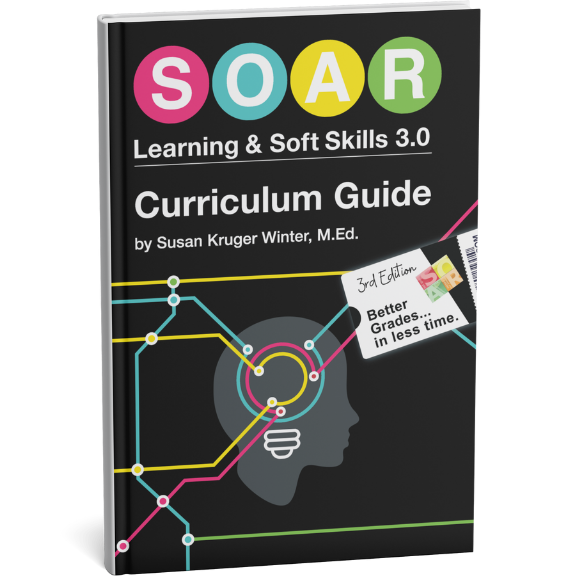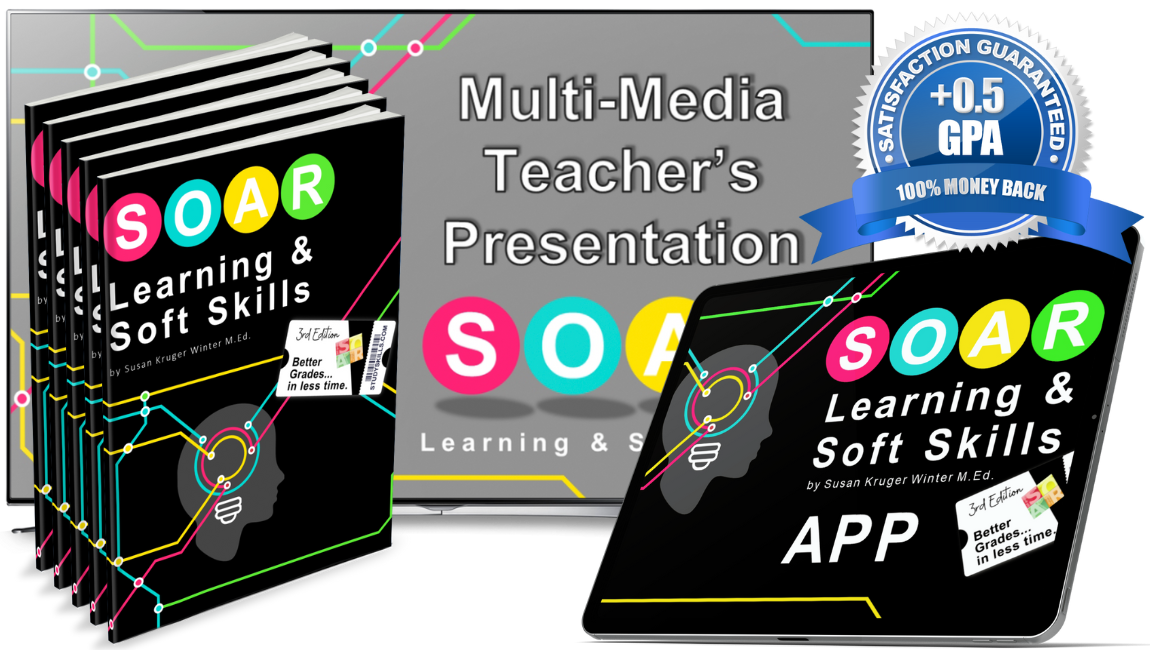StudySkills Search
Literacy
The following article was first published in 2021, during the thick of the pandemic. We wanted to share this article again because the learning value of digital media still remains true to this day! We are both educators, but you can stick a fork in us… we’re DONE! We’ve always said that we could never…
My latest eBook, “Cue to Reading: How to Identify & Fix Any Reading Challenge…Quickly!”, is available on Kindle for only $9.99. You can find the Cue to Reading here, or read on for more information about the book. The Cue to Reading will: Give you the power to identify reading problems/disabilities. Teach you a deep…
When my son was a few months old and I was a new mom, I had no idea how or when to introduce him to solid foods. I fell asleep one night in the midst of reading an article about the topic. The article explained that solid foods should be introduced in very small bites,…
As promised last week, I will share effective strategies for the remaining two cueing systems today. However, I’d like to begin with a story about a powerful way to support struggling readers…that I discovered by accident. Several years ago, I had a third-grade student, Emilia (name changed) who had very few reading skills. She could…
Two weeks ago, our computers were down and my productivity came to a grinding halt. (Perhaps you noticed that I skipped a week with these articles…) With nothing else to do, we cleaned out our filing cabinets. One large drawer was overstuffed with reading materials from my days in the classroom. “This ought to be…
It was my husband who first suggested I go for a reading degree when I entered grad school. “Are you kidding?” I replied. “I HATE teaching reading!” It was August and we were on a road trip, heading home after camping for a week on Michigan’s west coast. I was supposed to start grad school…
One year, when teaching third-grade, I had a half-dozen students enter my class with a “documented” reading level of 7th grade or higher. These reading levels were determined by their second-grade teacher, after she completed her end-of-year testing. Naturally, these parents wanted to be sure their children would continue to be challenged. Several of them…
A subscriber from St. Louis emailed me a couple weeks ago. She feels her son had a reading disability and was wondering what she should do next. Should she seek a tutor? If so, where could she find one? How could she get a diagnosis? Her questions address the next logical topic to discuss in…
We all have our little nuances and idiosyncrasies. One of mine is my “Rule of Three.” That is, when something comes to my attention three times in a relatively short span of time, I take notice and wonder if the world is trying to tell me something. The Rule of Three has helped me navigate…
By now, you may be getting a little “tired” of all of this talk about cueing systems, but these first three articles are synthesizing what I believe to be the most significant information about the reading process. Out of the thousands of hours of training I have had between my master’s degree, several years of…
Six Steps
Conquer the Chaos
Get Our Free Guide & Information on...

"*" indicates required fields
Get Our FREE Curriculum Guide!
The SOAR® Curriculum
The most critical learning, organizing, and communication skills needed for school. Learn more here.
Who’s Using SOAR®?
Click here to learn more.




